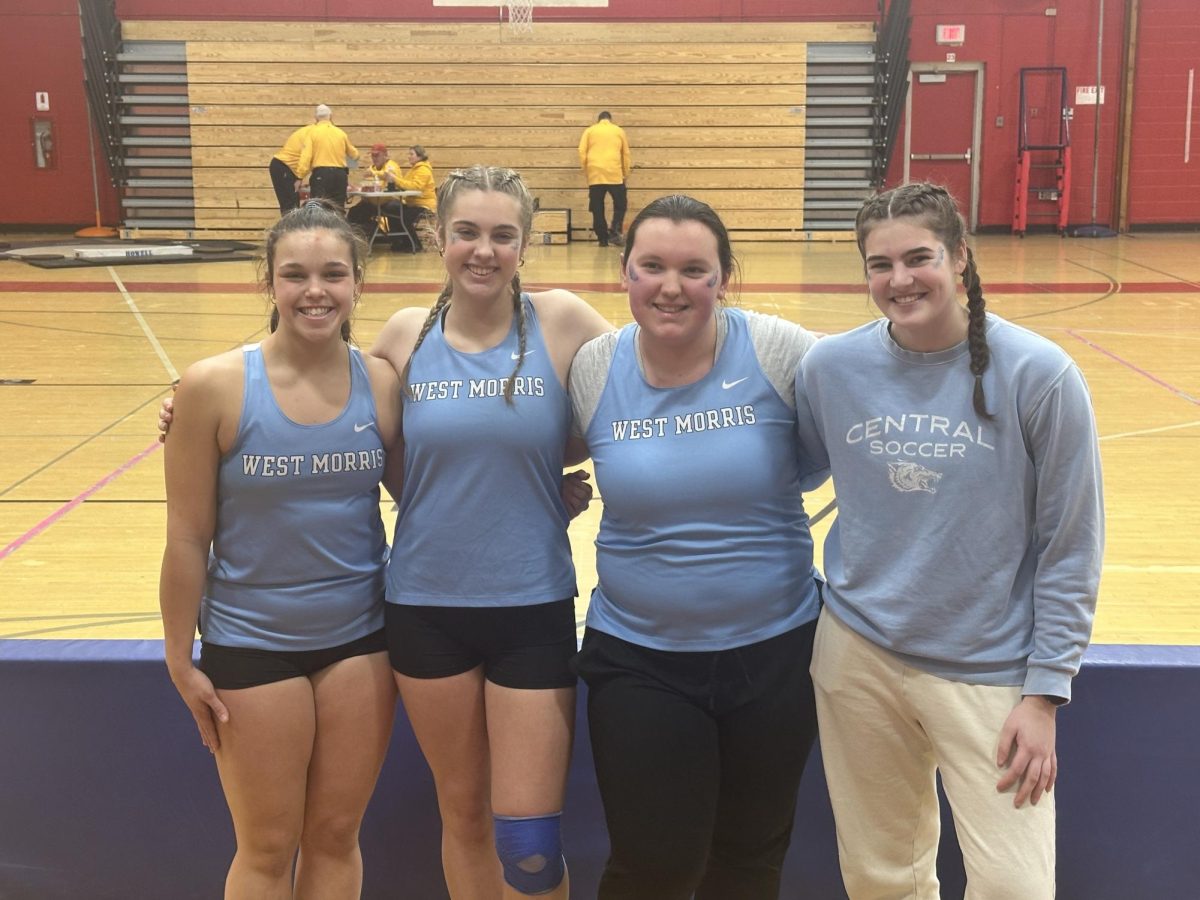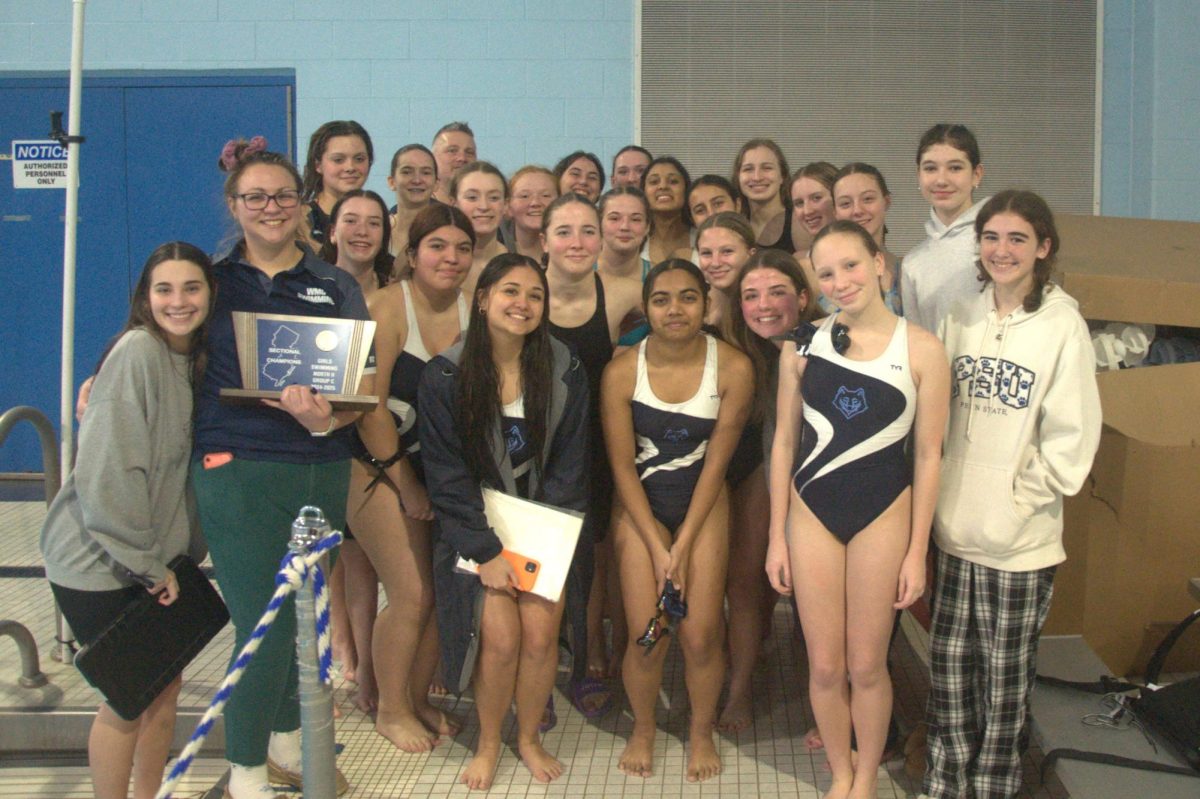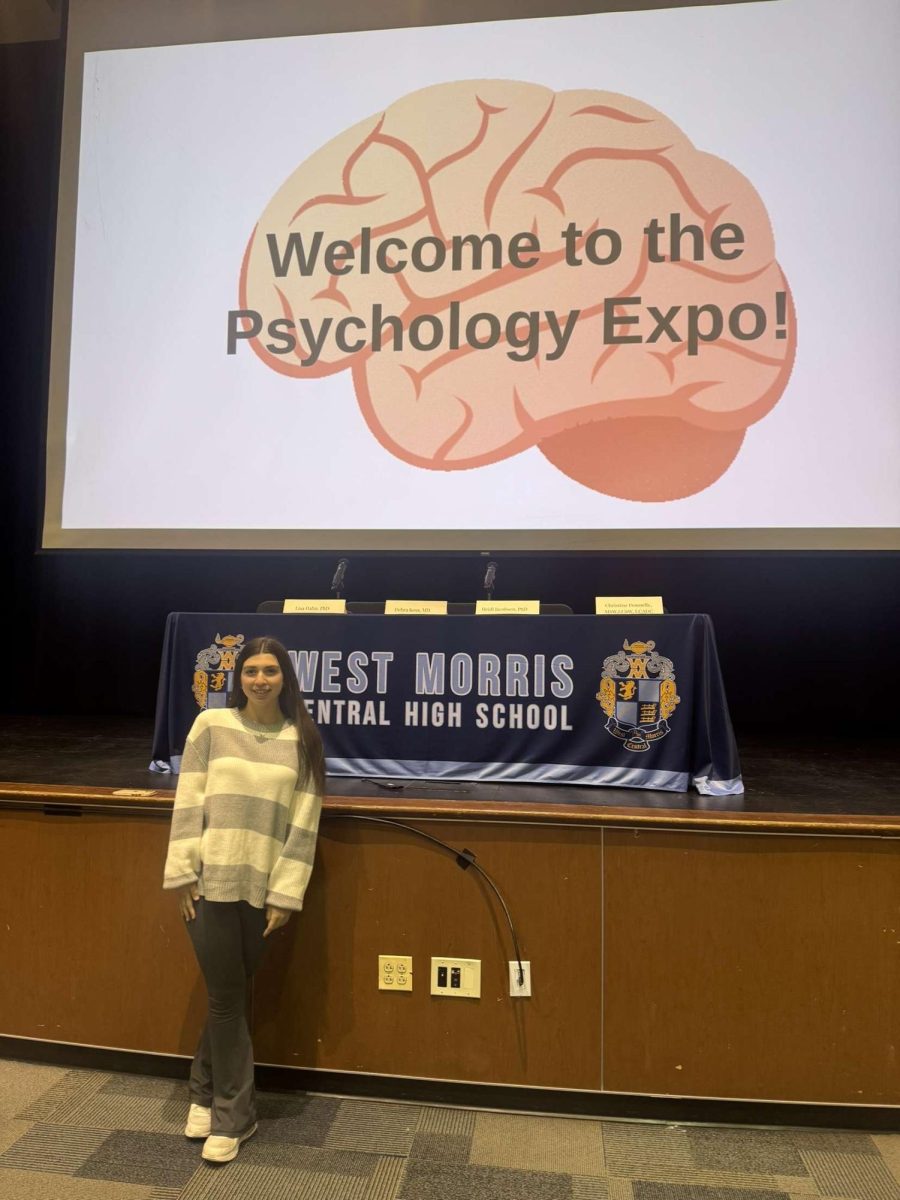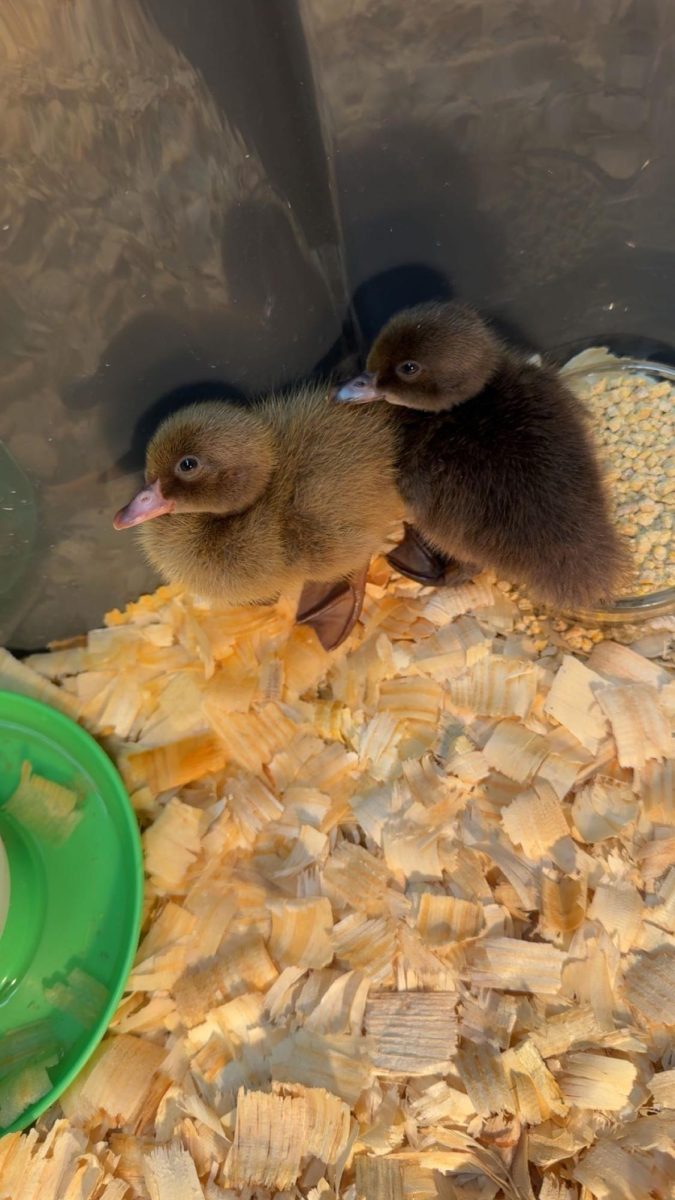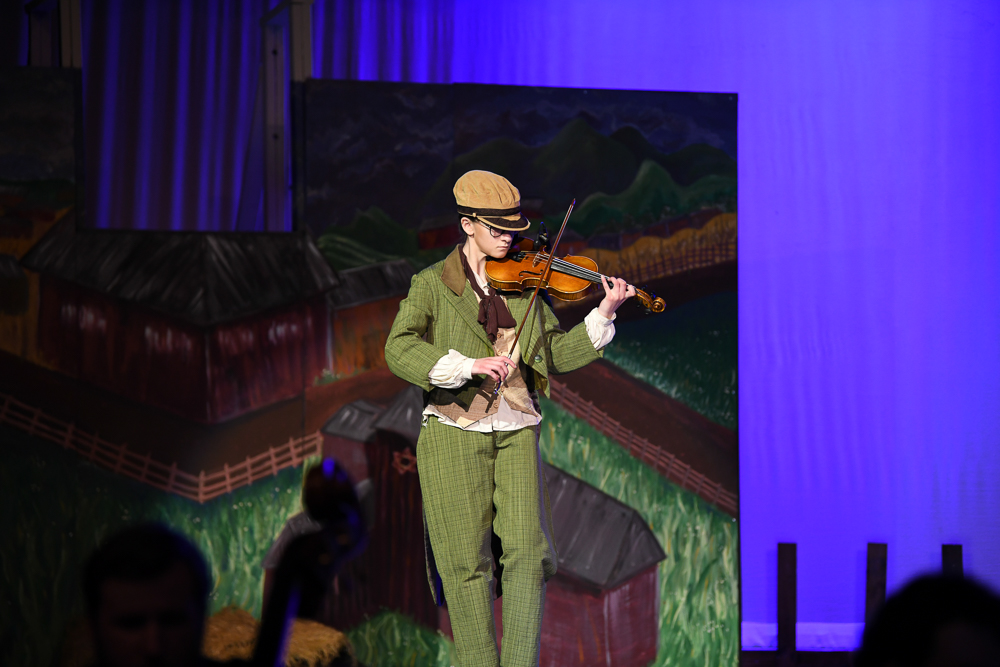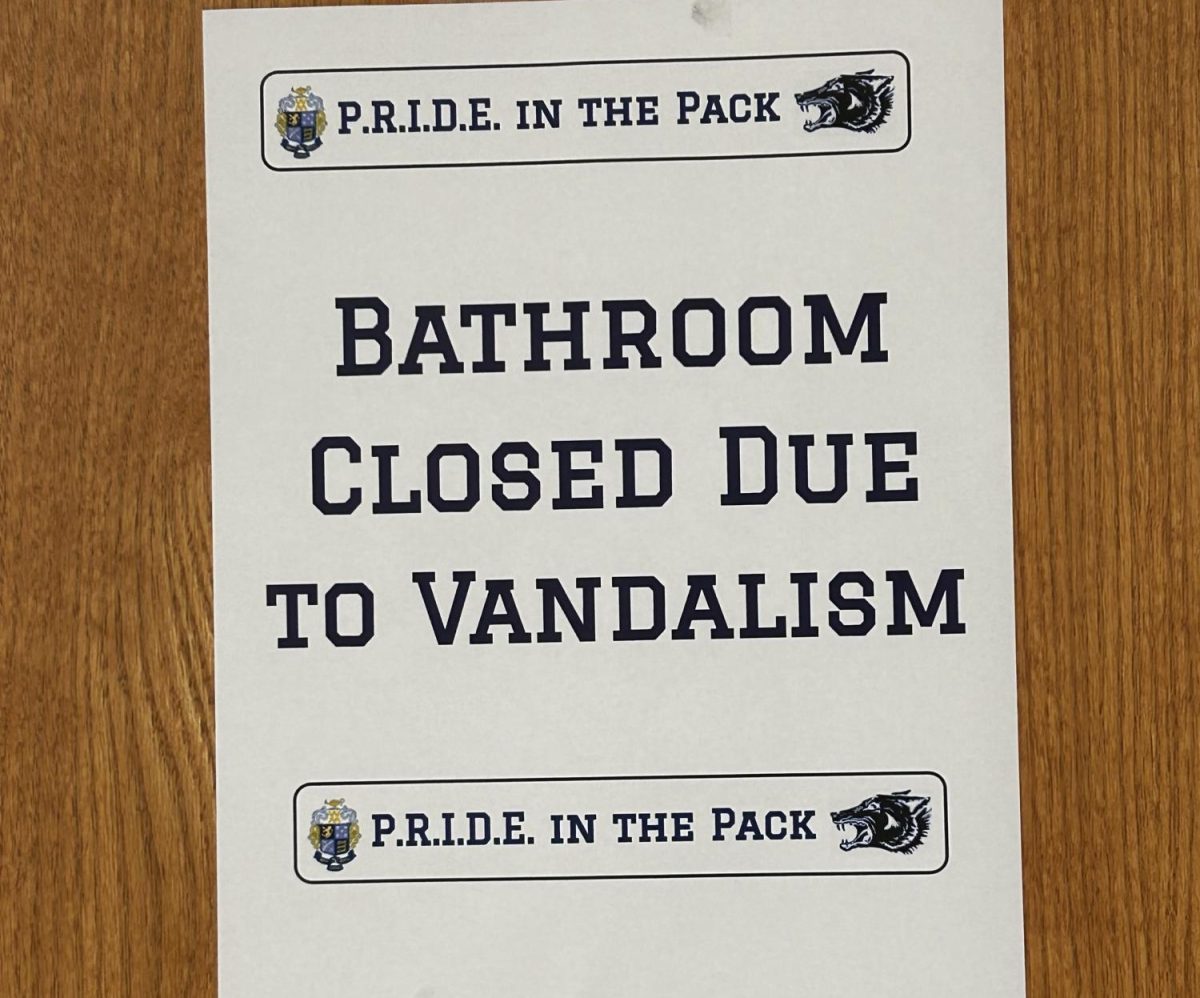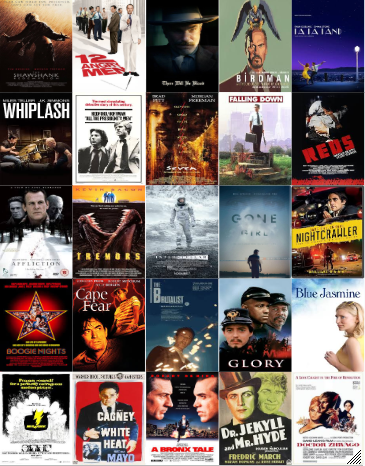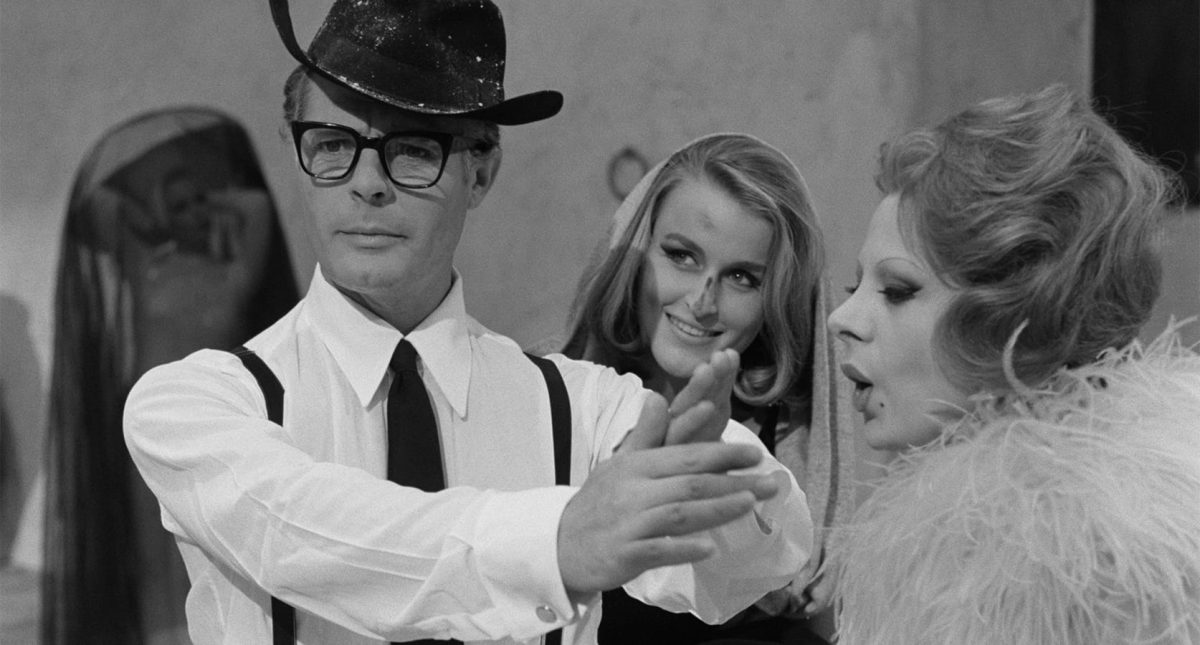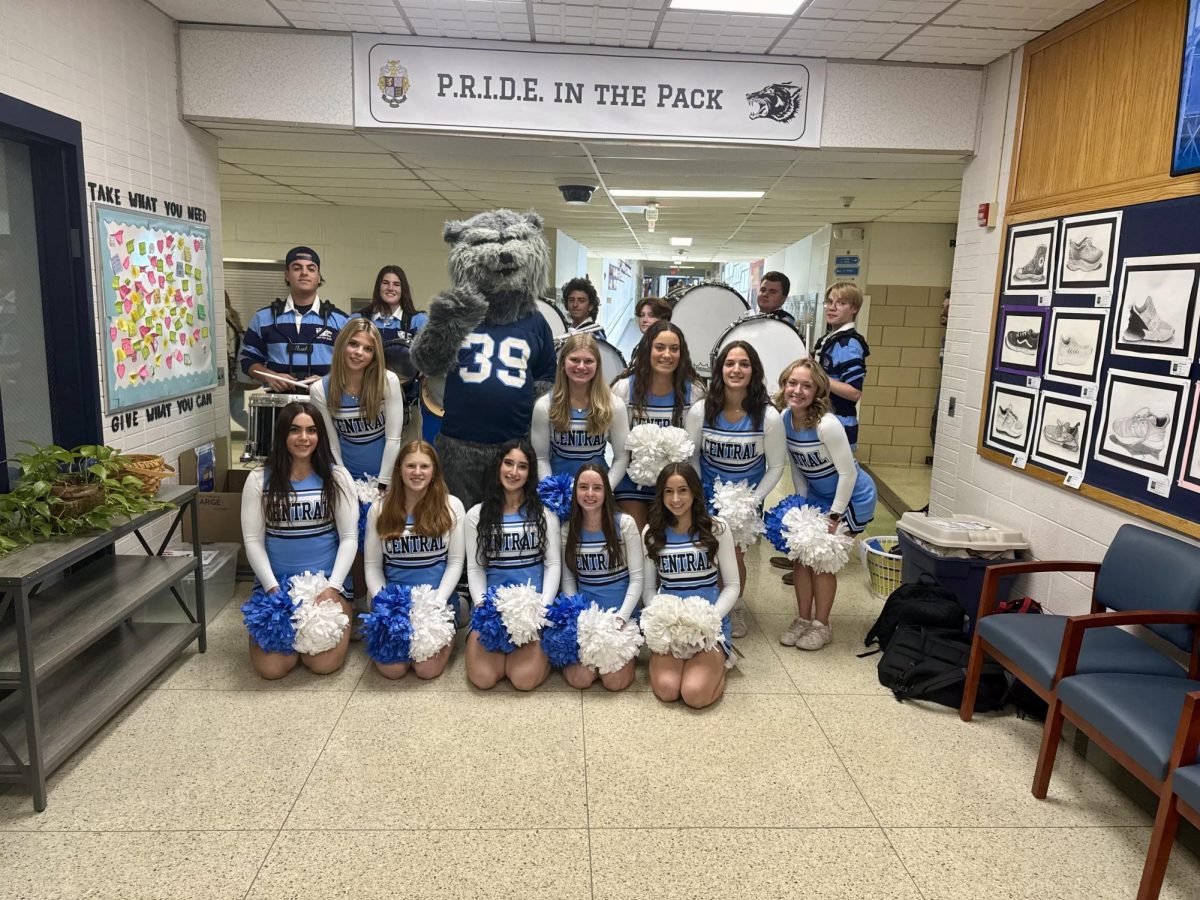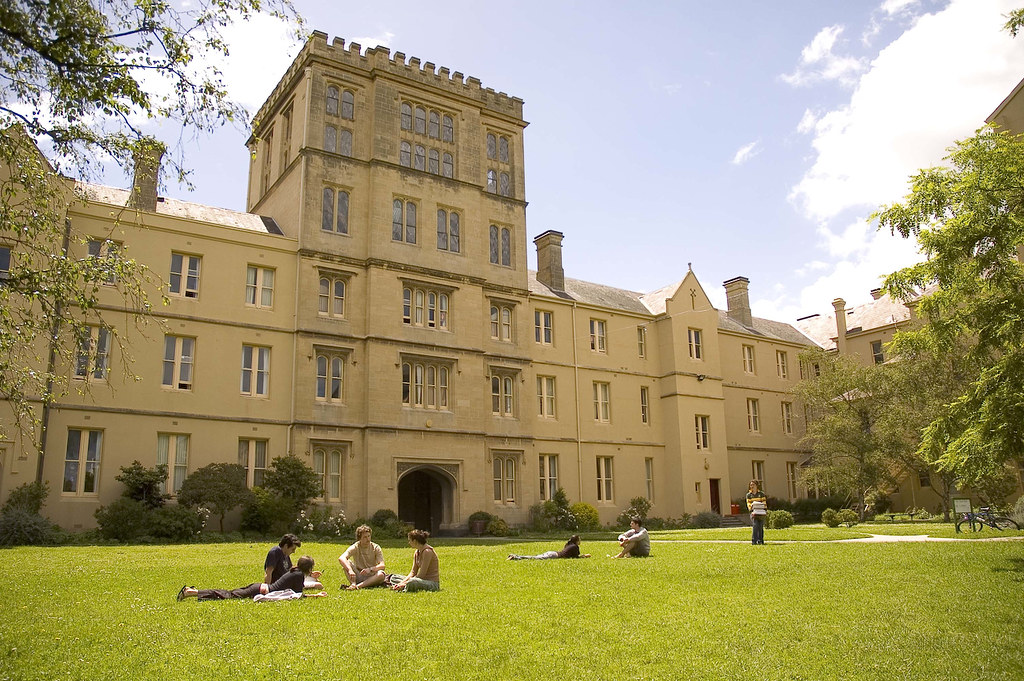Most West Morris Central students want to go to college. When I asked numerous students around WMC about their “dream colleges”, I got answers such as Harvard, NYU, UNC, USC, Notre Dame, and Villanova. Most of these places have relatively low acceptance rates. They are both very competitive and have varying demands and expectations for their students.
Sometimes, however, it can be easy to assume there is a universal method to getting accepted to such places. Joining many extracurriculars, participating in a sports team, and getting outstanding grades is considered the key to the front doors of Princeton or Yale. But there are multiple other factors. Some are less known than others, but they are all incredibly valuable when it comes to getting that acceptance letter.
When I asked Miss Hennessy, a guidance counselor here at West Morris, about some college misconceptions she has noticed among students, she stated that “students often think that joining…more clubs and activities, more sports, the better. But I think that colleges really value students who are…passionate about one or a few clubs.” Quality, it appears, matters more here than quantity. So do not meaninglessly fill your schedule. The best thing you can do is to really pin down and focus on what you personally love to do. She also states that “students get caught up with the reputation of a college.” Many yearn for the prestige of getting into a competitive school, yet do not stop to research said school to find out if it is truly a good choice for them. A college can be popular and well-liked, but that does not always mean it matches with your personal goals.
“A lot of students,” she continued, “get intimidated by the college application process as a whole…so I think it’s important to break it up into different pieces.” While freshmen and sophomores don’t need to worry excessively about colleges, Junior year is when the pressure really begins. Your GPA at the end of your third year is what is sent to colleges. Juniors also have the responsibility of “visiting schools” and “taking the SAT and the ACT”, so much of what you do in Junior year plays a big role in applying and getting into college.
However, the most mysterious part of college applications is what goes on in the admissions office and how your essays and transcript are read and reviewed. Not knowing how your work is being judged is undoubtedly one of the most nerve wracking parts of college application. For example, According to Miss Hennessy, “smaller liberal arts schools have more time to go through your applications. They may have 20 to 30 minutes to read each applicant’s application…Bigger schools have maybe 5 minutes to read an application…Smaller schools will have multiple people reading your applications…[for] the bigger schools…it’s one person.”
Clearly, if you apply to a large college, then your application will scarcely be reviewed before the grand decision is made. Despite you working incredibly hard during high school to make yourself look as good as possible, and spending hours answering questions and writing essays, all this effort boils down to a single choice which is made in less than an hour. That’s why, as said by Miss Hennessy, standing out is so vital to your application. You have to show that you are unique enough for an acceptance letter. You have to scream to the admissions officials that you are deserving of their notice. There are obvious ways to do this. You have your college essay and your college questions, but there is also another factor: Volunteer work.
Volunteer work is one of the best things you can do in order to get the admissions office to notice you. Many students, however, don’t know how to start or participate in a volunteer project. Thankfully, one organization in West Morris, Highlanders for Humanity, makes this process a little easier.
Highlanders for Humanity focuses on helping out students’ volunteer projects while also participating in more traditional club-chosen projects. Mrs LoBello, who is highly involved in running the club, states that the organization starts the beginning of the school year by supporting projects such as “Stuff the Bus, which focuses on [the] Long Valley Food Pantry” and “the Toys for Tots drive”. In addition, the club will do a Thanksgiving Turkey Trot and other food drives.
Students, however, really get a chance to promote their personal volunteer efforts once the middle of the year hits. This is a period in time when the club doesn’t have any traditional or yearly volunteering organizations they assist in. Rather, as Mrs.LoBello says, they allow students to pitch their own personal volunteer efforts to the club.
When students want to make a volunteer project, “A lot of the time…they know what they want to do…They have their project…organized. They just don’t have the manpower.” If this is a state you feel you are in, Highlanders for Humanity are there for you. They are the helping hands of volunteer efforts. By utilizing their assistance, you will not only stand out to colleges by having a powerful personal project, but you can also offer others, and yourself, a chance to impact communities in a positive and meaningful way.
Overall, there are multiple different factors that matter when wanting to get into college. It’s important to be aware of the misconceptions students tend to have when applicating for schools, to know how colleges tend to look at your applications, and to know the things you can do in order to increase your chances of getting into your dream university. There are, evidently, many things to keep in mind (especially considering that this is obviously not a comprehensive list), but with enough effort, work and organization, you have the ability to stand out and do amazing things, whether relating to college or life beyond.








